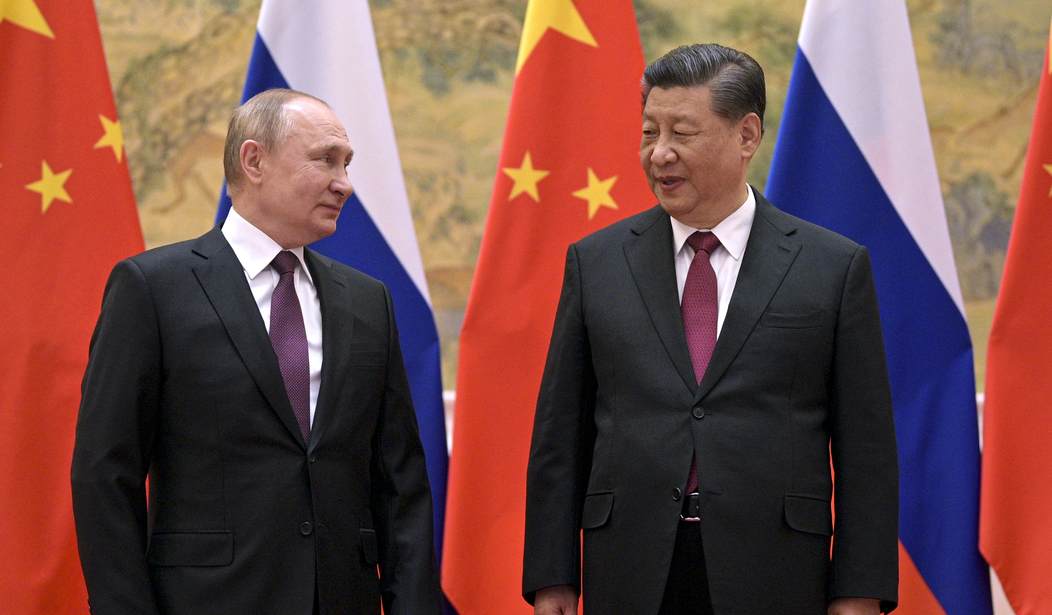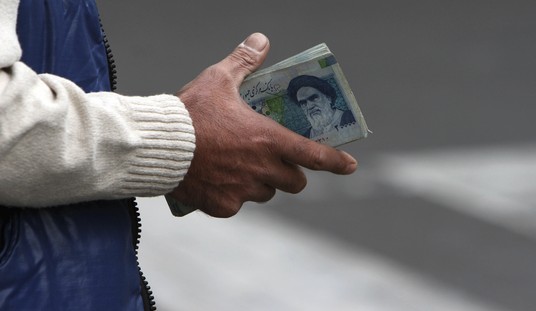Who had China acting as a peacemaker on their bingo card? Just as reports were surfacing that NATO is growing increasingly fearful that China is considering arming Russia for Putin’s war in Ukraine, the narrative changed. Now it is being reported that China is urging an end to Putin’s invasion and offering a 12-point plan for peace.
This is as the one-year anniversary of Putin’s invasion is noted. China’s foreign ministry called for a ceasefire and peace talks on Thursday. China is pushing for the end of Putin’s invasion of Ukraine. China claims it wants to prevent the crisis from getting out of hand, which most of us probably think has long ago happened. It’s war. Wars, by their most basic nature, get out of hand, no matter who is fighting. China said that the only way to resolve the conflict is through dialogue and negotiation.
On the one-year anniversary of Russia invading Ukraine, China called for a comprehensive ceasefire and gradually promoted the de-escalation and easing of what Ukraine’s President Volodymyr Zelensky called ‘a year of pain, sorrow, faith and unity’ as he marked the grim milestone for his country this morning.
The peace proposal mainly elaborated on long-held Chinese positions, including referring to the need that all countries’ ‘sovereignty, independence and territorial integrity be effectively guaranteed’.
It also called an end to the ‘Cold War mentality’ – its standard term for what it regards as US hegemony and interference in other countries.
‘A country’s security cannot be at the expense of other countries’ security, and regional security cannot be guaranteed by strengthening or even expanding military blocs,’ the proposal said.
‘The legitimate security interests and concerns of all countries should be taken seriously and properly addressed.’
These are the 12 points in China’s peace plan:
1. Respecting the sovereignty of all countries.
2. Abandoning the Cold War mentality.
3. Ceasing hostilities.
4. Resuming peace talks.
5. Resolving the humanitarian crisis.
6. Protecting civilians and prisoners of war (POWs).
7. Keeping nuclear power plants safe.
8. Reducing strategic risks.
9. Facilitating grain exports.
10. Stopping unilateral sanctions.
11. Keeping industrial and supply chains stable.
12. Promoting post-conflict reconstruction.
Reactions to China’s plan have been mixed, with a heavy dose of skepticism. That is reasonable, given China’s alignment with Russia. China is not an impartial player here. For example, the European Commission president said the peace plan is a list of principles, not a real plan.
European Commission President Ursula von der Leyen said China had not shared a peace plan – just a series of principles.
‘You have to see them against a specific backdrop, and that is the backdrop that China has already taken sides by signing, for example, an unlimited friendship [treaty] right before the invasion,’ she noted.
‘So we will look at the principles, of course, but we will look at them against the backdrop that China has taken sides,’ she added.
While it is unlikely to gain much traction with Zelensky, given his refusal to negotiate for peace, the end of sanctions also would be a non-starter.
However, the proposal has been met with scepticism in Ukraine and the West. In its 12-point plan, Beijing called for an end to Western sanctions, negotiations which would likely see Ukraine ceding territory, a NATO pull-back from its eastern borders and reconstruction efforts that would probably benefit Chinese contractors.
Meanwhile, US intelligence has warned that China is planning to supply Moscow with weapons and ammunition – something that Beijing denies.
NATO Secretary-General Jens Stoltenberg on Friday reacted reservedly to the Chinese proposal, saying Beijing did not have a lot of credibility as a mediator.
‘China doesn’t have much credibility because they have not been able to condemn the illegal invasion of Ukraine,’ he told reporters in Tallinn, adding Beijing had signed an agreement with Putin only days before the invasion.
Stoltenberg also said that while there was no evidence so far that China has supplied weapons to Russia, there were signs that it might.
‘We have not seen actual delivery of lethal aid, but what we have seen are signs and indications that China may be planning and considering the supply of military aid to Russia, he said.
He added: ‘China should not do that.’
Ukraine has said that victory in the conflict would mean pushing all Russian forces out of its territory, including areas occupied by Russia since 2014. NATO, meanwhile, will not pull its forces from its eastern borders so long as Russia poses a threat.
All of this comes after Putin’s recent speech where he presented his plans for the second year of the war. Putin announced plans to deploy Sarmat multi-warhead intercontinental ballistic missiles. Putin made no mention of de-escalating his war efforts. His speech was full of bluster about aggressively moving forward.
Putin met with China’s top diplomat in Moscow Thursday. He declared that other countries will not influence their relations. He doubled down on the ties between Moscow and Beijing. Putin warmly greeted Wang Yi at the Kremlin and the two sat down to talk face-to-face just feet from each other. Usually, Putin sits at the head of a very long table, placing his guest at the opposite end. President Xi Jinping plans a visit to Moscow soon.
China’s participation in peace talks efforts at this point should be taken with a large grain of salt. It’s all very vague. China is no friend to Western countries, especially the United States. The plan offers nothing new or innovative. It looks like it’s just an attempt for China to get involved as a participant and not be left out in discussions. China wants to be relevant in the process.
Meanwhile, the U.N. held an emergency session Thursday. The subject was a resolution calling for Russia’s “immediately, completely and unconditionally withdraw all of its military forces from the territory of Ukraine.” The resolution also emphasizes the need to quickly establish peace between the two countries. The members voting in favor of the resolution were Ukraine’s strongest allies, including the United States which helped draft the resolution.
Other nations that voted in favor include the United Kingdom, Germany, Canada and Poland, all of which rank in the top five of countries who have provided aid to Ukraine, according to the Kiel Institute for the World Economy.
Thirty-two nations chose to abstain from the vote on Thursday, including China and India, which, as the New York Times reports, have provided essential economic or diplomatic support to Russia in light of western sanctions.
An additional seven members voted against ordering Russia’s withdrawal, an increase from the last time the U.N. voted on a similar measure. In March 2022, five nations—Belarus, North Korea, Eritrea, Syria and Russia—voted against a resolution reaffirming Ukraine’s sovereignty just weeks after Russia’s invasion.
On Thursday, the five-nation coalition was joined by Mali and Nicaragua. The combined total population of the countries that either abstained or voted against ordering Russia’s withdrawal is approximately 5.6 billion, according to data from the U.N. and World Bank.
China joined with those unwilling to pick a side for peace. As I indicated above, nothing is new or innovative in China’s actions that show a true desire to help the peace process.







Join the conversation as a VIP Member